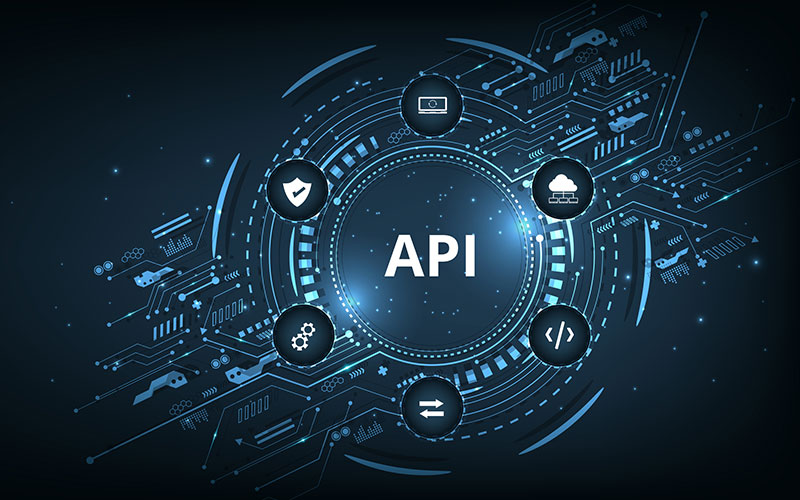Creating a strong and memorable brand is essential for businesses to succeed in today’s competitive market. Brand development services involve a variety of strategies aimed at building, improving, and maintaining a brand’s identity. At Web Craft Pros in New York, US, we are experts in offering professional branding services to help businesses differentiate themselves. This article presents 10 key techniques for successful brand web development.
1. Comprehensive Branding Audit:
Understanding Your Current Branding Position:
A brand audit is the first step in understanding your current branding position. It involves evaluating your brand’s strengths, weaknesses, opportunities, and threats (SWOT analysis). This comprehensive assessment provides insights into your brand’s current perception and areas needing improvement.
Tools and Techniques:
Utilize tools like Google Analytics, social media analytics, and customer surveys to gather data. Analyze this information to identify trends and patterns in customer behavior and sentiment.
2. Defining Your Branding Identity:
Crafting a Clear Brand Mission and Vision:
Your branding identity starts with a clear mission and vision. The mission statement defines the purpose of your brand, while the vision statement outlines your long-term goals and aspirations.
Developing Brand Values:
Establishing core brand values that resonate with your target audience is essential. These values should guide all aspects of your business operations and communications.
3. Target Audience Analysis:
Identifying Your Ideal Customer:
Understanding your target audience is crucial for effective branding. Create detailed buyer personas that include demographics, psychographics, and behavioral traits.
Market Research Techniques:
Conduct surveys, focus groups, and competitor analysis to gather insights about your target market. Use this data to tailor your branding efforts to meet the needs and preferences of your audience.
4. Unique Selling Proposition (USP):
Crafting a Compelling USP:
Your USP differentiates your brand from competitors. It should highlight the unique benefits and value your branding offers. Craft a compelling USP that clearly communicates why customers should choose your brand over others.
Communicating Your USP:
Ensure that your USP is consistently communicated across all marketing channels and customer touchpoints. This includes your website, social media, advertising, and customer service interactions.
5. Branding Messaging and Tone:
Developing a Consistent Brand Voice:
Your brand voice should reflect your brand’s personality and values. It should be consistent across all communications, from marketing materials to customer service interactions.
Creating Engaging Content:
Produce high-quality content that resonates with your target audience. This includes blog posts, social media updates, videos, and more. Ensure that your content is informative, engaging, and aligned with your branding messaging.
6. Visual Identity and Design:
Creating a Memorable Logo:
A logo is a visual representation of your brand. It should be simple, memorable, and reflective of your brand’s identity. Work with professional Web designers to create a logo that stands out.
Designing Consistent Visual Elements:
Develop a cohesive visual identity that includes colors, typography, imagery, and design elements. Ensure that these elements are consistent across all brand materials and platforms.
7. Building an Online Presence:
Optimizing Your Website:
Your website is the cornerstone of your online presence. Ensure it is user-friendly, mobile-responsive, and optimized for search engines. Incorporate your brand’s visual and verbal identity into the website design.
Leveraging Social Media:
Social media platforms are powerful tools for brand building. Choose the platforms that best align with your target audience and create engaging content that encourages interaction and engagement.
8. Content Marketing Strategy:
Creating Valuable Content:
Content marketing involves creating and sharing valuable content to attract and retain customers. Develop a content calendar that includes a mix of blog posts, videos, infographics, and social media updates.
SEO Optimization:
Optimize your content for search engines to increase visibility and reach. Use relevant keywords, meta tags, and high-quality backlinks to improve your search engine rankings.
9. Customer Experience and Engagement:
Enhancing Customer Experience:
A positive customer experience is crucial for branding loyalty. Ensure that every customer interaction reflects your brand values and exceeds customer expectations.
Building Community and Engagement:
Engage with your customers through social media, email newsletters, and community events. Foster a sense of community by encouraging customer feedback and participation.
10. Monitoring and Adaptation:
Tracking Branding Performance:
Regularly monitor your branding performance using analytics tools and customer feedback. Track key metrics such as brand awareness, customer satisfaction, and conversion rates.
Adapting to Market Changes:
The market is constantly evolving, and your brand should be adaptable. Stay updated on industry trends and be willing to adjust your strategies to stay relevant and competitive.
Conclusion:
Brand development is an ongoing process that requires careful planning, execution, and adaptation. By following these 10 strategies, you can create a strong and memorable brand that resonates with your target audience. At Web Craft Pros in New York, US, we are dedicated to helping businesses build and sustain powerful brands. Contact us today to learn more about our professional branding services.










One Response